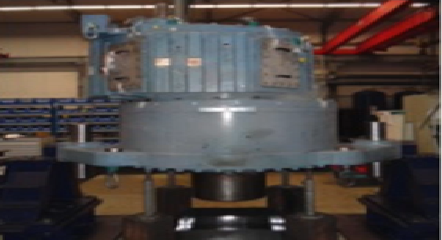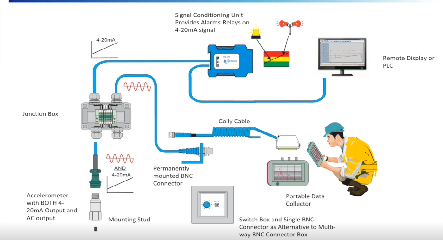According to the Royal Academy of Engineering, 60% of those questioned for its recent ‘Engineering an economy that works for all’ report stated that energy costs are a significant issue for their organization.
This has led to calls for the government to deliver a stable medium- to long-term energy strategy. Stefaan Simons, IChemE Energy Centre chairman, said: “A holistic and long-term view of energy generation and energy use is essential to support a successful UK economy, healthy society and tackle wider global issues including climate change.”

In addition to outlining the features of a low carbon technology solution, the report also states the importance of improving energy efficiency. Although this might be fast becoming a critical issue for government to focus on, the good news is that engineering companies already have opportunities to operate more efficient systems – they simply need to embrace the technology that is available to them.
Take the majority of manufacturing machinery, for example. Engineering firms often implement a range of techniques to better manage machines to reduce energy cost, such as the use of variable speed drives, running machines with particularly high-power consumption at off-peak hours when electricity rates are lower or automatically turning off idle machines. They can go one step further, however.
Machinery runs less efficiently when not in peak operating condition, but this is often overlooked when a machine looks healthy and in perfect working order. Unfortunately, most machinery tends to operate more inefficiently than many people realize.
To protect the efficiency of machines, some firms use power monitoring equipment. While this does indeed highlight when a machine is using more energy than average, it doesn’t explain why.
However, a condition monitoring technique such as vibration monitoring reveals where a problem originates from. This easy to implement technique enables maintenance teams to pinpoint when and where rotating parts in machines begin to wear and thus potentially begin to waste energy.
When a machine is operating healthily, precision accelerometers read consistent vibration levels. But when an increase in wear, imbalance or misalignment occurs, higher vibration levels are detected, with the degree and speed of change being directly proportional to the deterioration in the operating condition of the equipment being monitored.
This information allows engineers to take planned action to repair or replace failing and worn components – ensuring machinery is returned to peak operating condition, and high levels of energy efficiency, as soon as possible. As a bonus, equipment life can be extended and maintenance reduced.
While using this technology to improve the efficiency of a few machines here and there in each company may not seem significant, the impact on the sector has the potential to be huge.







